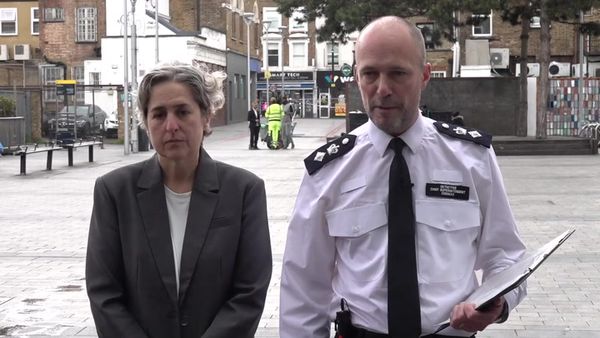
Early in my career, I realised that having a well-numbered archive with clear captions was something that would bring in an income for ever. I realised, too, that it was a good idea to go out and photograph unique subjects: the biggest, the smallest, things that were about to disappear. When you’re the only person who has photographed something that has been and gone, that gives you an enormous advantage when people want images of it in the future.
So whenever I heard of something that fitted that category, I’d trot off and photograph it. If someone wanted to publish the photographs at the time, great. But at the back of my mind was always the thought: “This is really for the future.” And that was the case when I attended the Isle of Wight festivals, all three, in 1968, 69 and 70. I knew I’d get some pictures – but of course it was also great fun.
There were some big acts on stage over those three years – Bob Dylan, Joni Mitchell, Jimi Hendrix – but I knew the other 200 photographers would have them covered, all ending up with basically the same pictures. I was always much more interested in the spectators, the fans. There was certainly no shortage of people to photograph. The second festival was much better attended than the first, and there were rumours before the 1970 one that it was going to be the biggest concert the world had ever seen. I’ve since read that there were as many as 700,000 people there.
At big events, the first thing I always look for is the shot that shows how many people are there. I tend to shoot that picture first, because it usually means hiking up some bloody hill and if I don’t do it straightaway I’ll forget. Then I’ll do the journalistic thing and analyse what’s important – how do people live, where do they sleep, do they have their children with them – and photograph those. At the Isle of Wight, I ended up concentrating on a main group of a few hundred people.
Opportunities to wash were few and after a while we all started to smell. The heavy body odour hanging over everyone became increasingly difficult to ignore. Realising we weren’t that far from the beach, a group of about 300 of us went down to the sea to get clean. To do that properly, of course, you have to take your clothes off, so that’s what everyone did. When I took this, the only thing I had on was my camera strap. It seemed perfectly natural, I’d have felt more embarrassed if I was the only person fully clothed. There are a few people wearing swimming costumes, and I sometimes wonder if they’ve seen this since and wished they’d been bolder.
Salt water is actually not much use for getting clean, but in the picture everyone had congregated at a point where a freshwater stream ran into the sea. I don’t think the peace signs are aimed at anything in particular – that’s just what people did then. It’s a fun picture, totally joyous. The whole thing lasted no more than 15 minutes, then we got dressed and went back to the festival. I don’t remember anyone else being on the beach when we arrived, but as we left we passed old ladies and police who seemed none the wiser.
Actually, the police were very relaxed throughout. I’ve heard reports of trouble at the 1970 event but I didn’t see any – and I usually have a pretty good nose for that sort of thing. I have a picture of a group of Hell’s Angels at one of the festivals: they looked a bit threatening but I’ve always found that if you go up and started talking to people, they are charming.
In a sense, I’ve been shooting the same picture since 1955. My aim is always to make as truthful a record as possible. I don’t pose people or alter anything and never retouch. Every morning I wake up and say: “Well, I’m still here. That’s a good start.” Then I look out of the window and think: “It’s a new world, it’s not the same world as yesterday.” That means I’ve got lots to photograph. And whoopee, off I go.
• This is one of over 100 images available in the Square Print Sale, at magnumphotos.com, 16-22 October, in which Magnum Photos partners with the World Press Photo Foundation
David Hurn’s CV

Born: Redhill, Surrey, 1934
Trained: Self-taught
Influences: Rodin, Bruegel, Seurat, later Sergio Larraín, Bruce Davidson
High point: “The Lucie award for achievement in documentary photography”
Low point: “Missing pictures because of not having a camera with me”
Top tip: “Wear good shoes”







